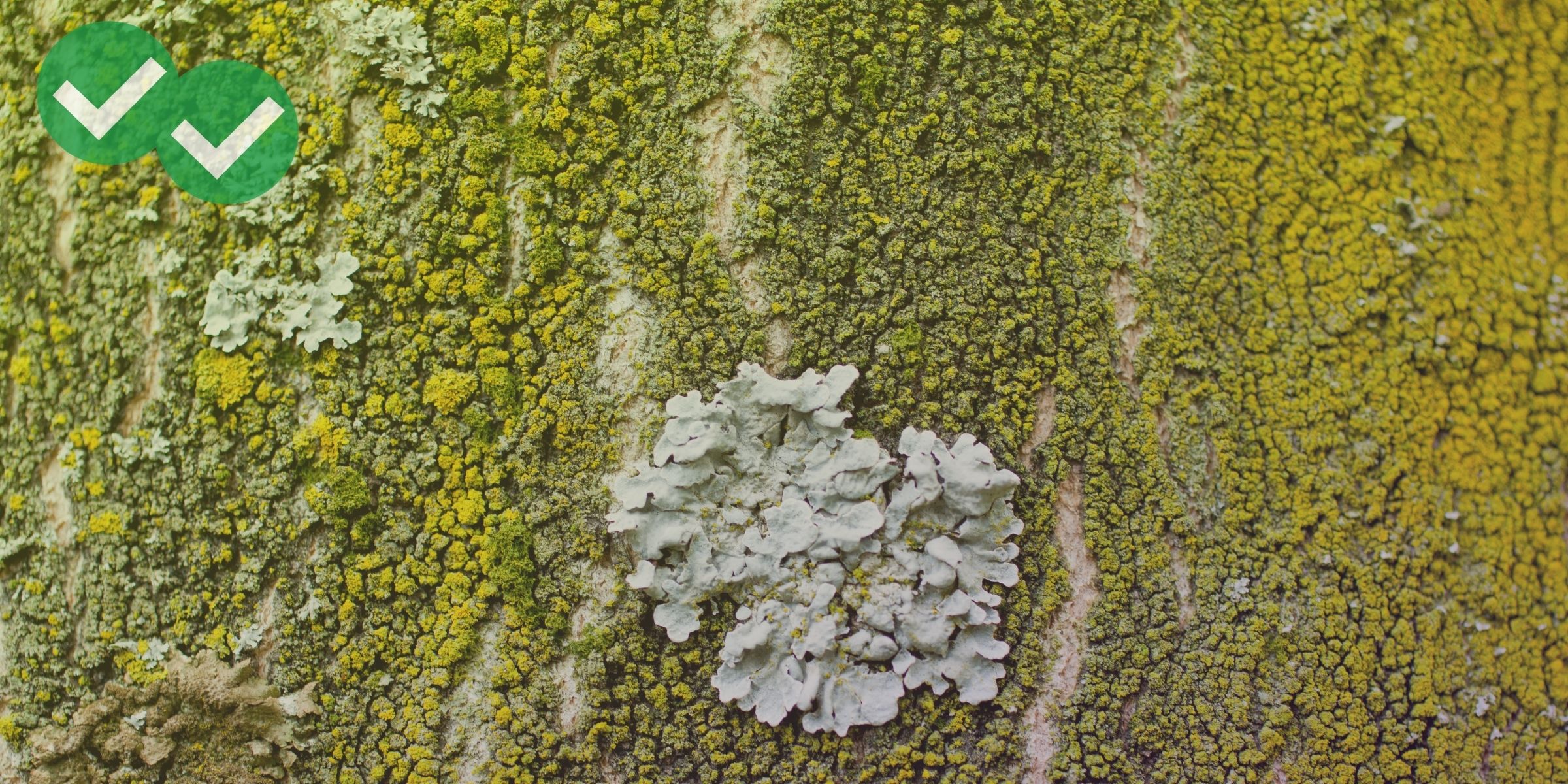
A while back, Magoosh TOEFL Blogger Kate Hardin did an overview of the three categories of questions in TOEFL Reading. More recently, my colleague Rachel Kapelke-Dale has been doing an ongoing series about the 10 specific question types in the Reading section. (As I write this, Rachel’s latest post is here. Keep an eye on her author page for more Reading practice posts—she updates often!)
As Kate and Rachel demonstrate in their tutorials, answering each question type correctly isn’t just a matter of knowing what the question types are. It’s equally important to build the right reading skills for the question types. In this series of posts, I’m focusing on skill-building activities related to a practice TOEFL reading passage about Beatrix Potter. (This passage builds on the theme of biographical narrative from Rachel’s reading practice on Edmund Wilson and Paul Revere.)
In Parts 1 and 2, I showed you how to build skills for the “basic information” category of questions in Kate’s original overview. The activities in Part 3 were geared toward solving questions of inference, the second category Kate mentioned. Kate’s third category is “reading-to-learn” questions. These are the more complex questions with multiple correct answers that appear at the end of every TOEFL Reading question set.
Reading-to-learn questions can be some of the most challenging ones on TOEFL Reading. These questions almost border on being tasks rather than just questions. In the reading-to-learn part of a question set, you’ll need to really interact with the information in the reading passage. Common tasks include integrating additional information into the passages, creating a short summary of the passage, or rearranging the information in the passage so that facts are listed by category.
To build your reading-to-learn question skills, look at the passage below and complete the following activities:
- Make the passage longer. Add 1-2 sentences to each paragraph. Make sure that the new sentences you create only add information to the passage and don’t change existing information. The new sentences you write should give additional supporting information that doesn’t alter the meaning of the information already present in each paragraph.
- List the facts in the passage in the following order:
a. Facts about Beatrix Potter
b. Facts about Beatrix Potter’s family
c. Facts about nineteenth century England
d. Facts about the Linnean Society - Make a very short paragraph summarizing the most important ideas in the passage. The paragraph should be no more than four sentences long.
- Identify supporting details that from the passage that should not appear in a short 3-5 sentence summary, because they are too specific.
Beatrix Potter’s Scientific Work
Born in 1866 in London, Beatrix Potter is best remembered as children’s author. However she also made significant contributions to the field of science. In her younger years, Potter was an accomplished mycologist, a specialist in the study of fungi. She eventually abandoned her scientific work with mushrooms and lichens in favor of a career writing and illustrating picture books.
Early on, Beatrix Potter developed an enthusiasm for woodland biology that went hand-in-hand with her love of art and illustration. In her teenage years and her early twenties, she would collect mushroom specimens between her visits to London’s many art museums. This dual interest in art and the study of fungi led her to make her scientific drawings and diagrams of the mushrooms she found.
As Beatrix Potter closely studied various types of mushrooms, she began to observe her specimens in increasingly scientific ways. She carefully recorded small differences in the form, shape and color of different fungal species. She even began to study mushroom tissue and spores under a microscope. She examined living mushrooms as well, closely observing fungi reproductive processes and recording her findings in a personal scientific journal that she kept.
In her early work as a scientist, Potter made no effort to share her research publicly. Although her own family was supportive of her scientific work, women nineteenth-century British society were discouraged from participating in higher education or entering England’s scientific community. However, after words of encouragement from male mycologists she corresponded with, she decided to seek out formal academic recognition of her mycological fieldwork.
Potter was especially eager to find a scientific audience for her research on lichens. At the time, there had been some scientific speculation that lichens were not a true fungus, but a symbiotic combination of fungal spores and algae growing together in a colony. Potter had collected lichen specimens from rocks and the sides of trees and studied them under a microscope. Through her lab work, she had discovered both fungi spores and algae cells within lichen samples and had even observed evidence of the fungi and algae working together in symbiosis.
As a woman, Beatrix Potter faced significant obstacles in presenting her work to the scientific community. The most important group of mycologists and botanists in London was the Linnean Society, a male-only research group that barred women from attending their meetings. With help from her uncle, an administrator at the University of London, and George Massey, a mycologist who had been reviewing her research, Potter convinced Linnean Society to consider her findings. In 1897, the Linnean Society met and reviewed Beatrix Potter’s paper on lichens, although Potter herself could not be present at the gathering. The reaction of the scientists at the meeting was dismissive; the paper was not accepted for publication, and no notes on Potter’s findings were added to the Society Archives.
In spite of her inability to gain the attention of London’s male-dominated scientific community, Potter remained confident in her work. She told friends, family and colleagues that her findings on lichens would be accepted as fact in time. However, she abandoned her career in mycology very shortly after her research was dismissed by the Linnean Society. During Potter’s years as a scientist she had also been working as an illustrator, and in 1902 a major publishing company offered her full time work creating the storybooks she became famous for.
Potter’s predictions about her eventual success as a scientist ultimately came true. By her death in 1943, the symbiosis theory about lichens was gaining more acceptance. Today, the symbiotic nature of lichens is accepted as science fact, and potter is remembered as one of the first scientists to find evidence for lichen symbiosis. In modern bookstores, her scientific writings and illustrations, published decades after her death in 1943, often appear on the shelves alongside her still-popular children’s books.






Leave a Reply